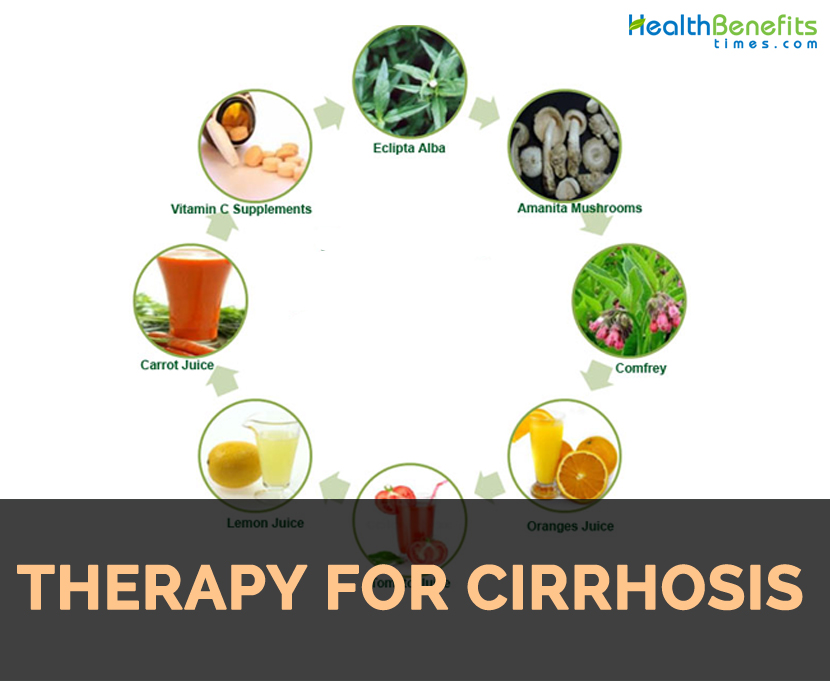
Energy
Energy needs range from 25 to 40 calories per kilogram of dry body weight per day; recommendations for patients with stable cirrhosis usually fall in the lower part of this range, whereas patients with malnutrition or multiple complications usually require higher intakes. Requirements may be further increased in patients with hypermetabolism, catabolism, infection, nutrient malabsorption or recent unintentional weight loss. In patients with ascites, a value for dry weight can be obtained after diuretic therapy or after a medical procedure that directly removes excess abdominal fluid.
Many patients with cirrhosis have difficulty consuming enough food to achieve good nutrition status. Some individuals may find four to six small meals easier to tolerate than three large meals each day. Oral supplements, including liquid formulas and energy bars, can be used to improve energy intakes.
Protein
To maintain or improve nitrogen balance, the protein recommendation is 1.0 to 1.5 grams of protein per kilogram of body weight per day based on dry weight or an appropriate weight for height (the protein RDA for healthy adults is 0.8 g/kg). In patients with hepatic encephalopathy, the protein intake should be spread throughout the day so that only modest amounts are consumed at each meal. Protein restriction is rarely recommended because an inadequate protein intake can worsen malnutrition and wasting.
Clinical studies have suggested that oral supplementation with branched-chain amino acids (BCAA) may improve neurological functioning in patients with hepatic encephalopathy. BCAA supplementation may also improve insulin resistance and immune responses in patients with advanced cirrhosis. The benefit of BCAA supplementation on survival rates of cirrhosis patients, however, is still in question.
Carbohydrate and Fat
Carbohydrate and fat recommendations for cirrhosis patients are similar to those for the general population. Many patients with cirrhosis are insulin resistant, however, and require medications or insulin to manage their hyperglycemia. These individuals should follow the dietary guidelines for diabetes: monitor carbohydrate intakes and consume a diet that maintains blood glucose levels within a normal range. In addition, carbohydrate intakes should be fairly consistent from day to day for improved blood glucose control. If fat is malabsorbed, medium-chain triglycerides (MCT) can be used to provide additional energy. Severe steatorrhea warrants supplementation of the fat-soluble vitamins; calcium, magnesium, and zinc.
Sodium
Patients with ascites are generally advised to restrict sodium. Because ascites is partly caused by sodium and water retention in the kidneys, treatment usually includes both sodium restriction (to no more than 2000 milligrams of sodium per day) and diuretic therapy to promote fluid loss. Potassium intake should be monitored if a potassium-wasting diuretic (such as furosemide) is used.
Many patients find low-sodium diets unpalatable, so some health practitioners may allow a more liberal sodium intake and depend on diuretics to remove excess fluid. If patients do not respond to sodium restriction and diuretic therapy, excess fluid may be removed from the abdomen by surgical puncture (paracentesis). In another procedure, the portal pressure (which contributes to the development of ascites) is relieved by creating a passage between the portal vein and hepatic vein using a stent (transjugular intrahepatic portosystemic shunt). Note that fluid restrictions are occasionally implemented when ascites is accompanied by severe hyponatremia (serum sodium less than about 125 milliequivalents per liter) but other methods of reducing the body’s water volume are preferable.
Vitamins and Minerals
Vitamin and mineral deficiencies are common in patients with cirrhosis due to the effects of illness, disease complications, or the alcohol abuse that may have induced liver disease. Therefore, nutrient supplementation is often necessary. If steatorrhea is present, fat-soluble nutrients can be provided in water-soluble forms. Patients with esophageal varices may find it easier to ingest supplements in liquid form.
Food Safety
Because people with cirrhosis are susceptible to infections, they should avoid foods that may increase risk of foodborne illness, such as unpasteurized milk products; undercooked meat, fish, poultry, and eggs; unwashed fruits and vegetables; raw vegetable sprouts; and unpasteurized juices.
Enteral and Parenteral Nutrition Support
In hospitalized patients who are unable to consume enough food, tube feedings may be infused overnight as a supplement to oral intakes or may replace oral feedings entirely. Although standard formulas are often appropriate, an energy-dense formula (supplying at least 1.5 calories per milliliter) should be provided for patients with ascites. In patients with esophageal varices, the feeding tube should be as narrow and flexible as possible to prevent rupture and bleeding. Parenteral nutrition support should be considered for patients who are unable to tolerate interal feedings due to intestinal obstruction, GI bleeding, or uncontrollable vomiting. To avoid excessive fluid delivery, patients with ascites typically require concentrated parenteral solutions, which are infused into central veins.
Comments
comments